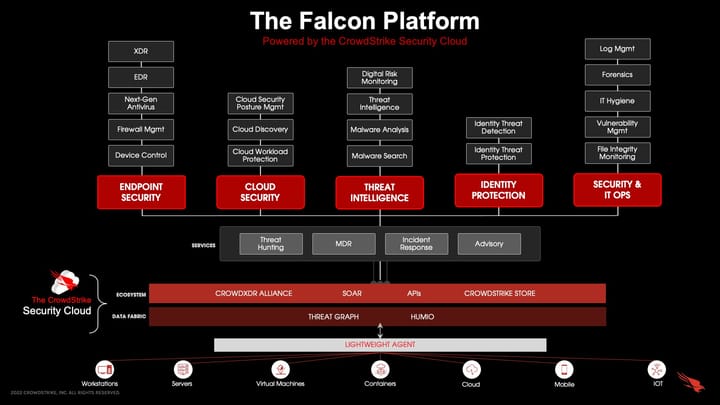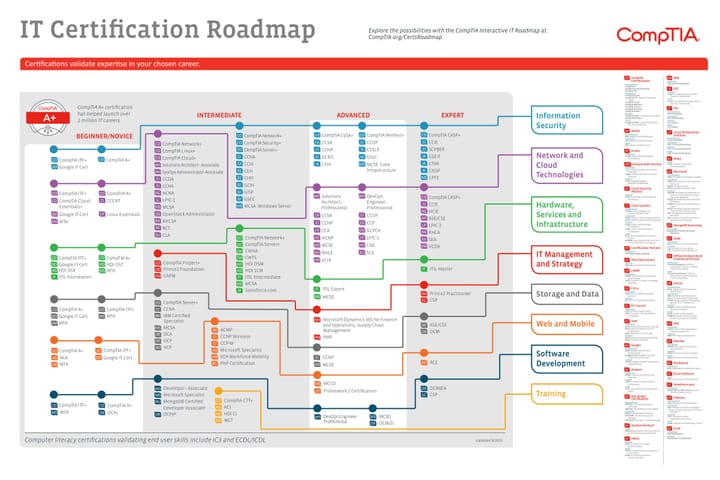COBIT: The Pinnacle of IT Governance Excellence

Introduction:
In the ever-evolving landscape of information technology, effective governance is paramount to ensure seamless operations, risk mitigation, and strategic alignment with organisational goals. Among the myriad of frameworks available, one stands out as a beacon of excellence – COBIT (Control Objectives for Information and Related Technologies). In this blog post, we'll delve into why COBIT is considered one of the best choices for IT governance.
Understanding COBIT:
COBIT, developed by ISACA (Information Systems Audit and Control Association), provides a comprehensive framework that helps organisations achieve their business objectives through effective IT governance and management. It is designed to bridge the gap between business and IT, offering a set of guidelines, processes, and controls that ensure the optimal use of IT resources.
Key Features of COBIT:
Alignment with Business Goals:
COBIT emphasises the alignment of IT goals with overall business objectives. By providing a clear structure for governance, it ensures that IT activities directly contribute to the success of the organisation.
Process-Oriented Approach:
One of COBIT's strengths lies in its process-oriented approach. It divides IT into four domains – Plan and Organise, Acquire and Implement, Deliver and Support, and Monitor and Evaluate. Each domain comprises various processes, enabling a systematic and structured approach to IT governance.
Risk Management:
COBIT places a strong emphasis on risk management. It helps organisations identify, assess, and prioritise risks related to IT, ensuring that appropriate controls are in place to mitigate potential threats.
Performance Measurement:
Continuous improvement is at the core of COBIT. It provides a set of performance metrics and key performance indicators (KPIs) that enable organisations to measure the effectiveness of their IT governance processes and make informed decisions for improvement.
Flexibility and Scalability:
COBIT is designed to be flexible and scalable, making it suitable for organisations of all sizes and industries. Whether you're a small startup or a large enterprise, COBIT can be tailored to meet your specific governance needs.
Global Recognition and Adoption:
COBIT has gained widespread recognition and adoption globally. Many organisations, both in the public and private sectors, have successfully implemented COBIT to enhance their IT governance practices.
Conclusion:
In the complex and dynamic world of IT, having a robust governance framework is essential for success. COBIT, with its focus on alignment, process orientation, risk management, and continuous improvement, stands out as one of the best choices for IT governance. Its flexibility and global recognition make it an invaluable tool for organisations striving to achieve excellence in managing their IT resources and delivering value to their stakeholders. Embracing COBIT is not just a step towards effective IT governance; it's a leap towards ensuring the long-term success and sustainability of your organisation in the digital age.



Comments ()